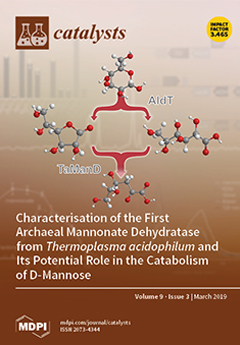A series of molecular sieve catalysts (Cu–Mn/SAPO-34) with different loadings of Cu and Mn components were prepared by the impregnation method. The deNO
x activity of the catalyst was investigated during the selective catalytic reduction (SCR) of NO with NH
3 in the temperature range of 120 °C to 330 °C, including the effects of H
2O vapors and SO
2. In order to understand the poisoning mechanism by the injection of H
2O and/or SO
2 into the feeding gas, the characteristics of the fresh and spent catalyst were identified by means of Brunner−Emmet−Teller (BET), X-ray Diffraction (XRD), Scanning Electronic Microscopy (SEM) and Thermal Gravity- Differential Thermal Gravity (TG-DTG). The conversion of NO by the catalyst can achieve at 72% under the reaction temperature of 120 °C, while the value reached more than 90% under the temperature between 180 °C and 330 °C. The deNO
x activity test shows that the H
2O has a reversible negative effect on NO conversion, which is mainly due to the competitive adsorption of H
2O and NH
3 on Lewis acid sites. When the reaction temperature increases to 300 °C, the poisoning effect of H
2O can be negligible. The poisoning effect of SO
2 on deNO
x activity is dependent on the reaction temperature. At low temperature, the poisoning effect of SO
2 is permanent with no recovery of deNO
x activity after the elimination of SO
2. The formation of (NH4)
2SO
4, which results in the plug of active sites and a decrease of surface area, and the competitive adsorption of SO
2 and NO should be responsible for the loss of deNO
x activity over Cu/SAPO-34.
Full article





